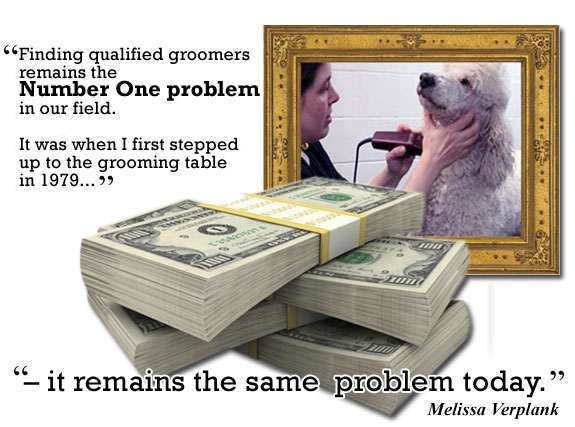
In my experience, the hardest part of running a business is STAFF!
Hands down the most challenging part of running a business is staffing it. Managing staff. Keeping staff. Paying staff. Keeping them accountable. Keeping them productive. Keeping them happy.
And the real biggie – training them.
So let’s tackle the training challenge first. It’s far easier to hire basic labor than filling a position that requires skill. At our kennel, the Whiskers Resort and Pet Spa, we have an endless supply of dog enthusiasts that want to work in the kennel. With multiple colleges within our community, the labor force is easy to come by. After all, everybody wants to play with puppies!
But what about those jobs that require skilled labor? People like receptionists, bathers, managers, and trainers.
One of the largest reasons I started the Paragon School of Pet Grooming was because I could not find qualified groomers to operate my fleet of mobile grooming vans. They just weren’t available. I still shudder when I think about it. There were times that I would have a van down for 6 to 12 months at a time before I could find somebody that could do the job. Not a very efficient way to run a business.
Working every day in a mobile grooming salon does not lend itself well to a training environment. It can work if you just have to add polish to a skilled professional. But to take them from scratch? Nope. It doesn’t work. You just can’t afford the time it takes to train a new groomer – especially if you rely on YOUR productivity to pay the bills. Starting a person from scratch to become a competent groomer in a mobile just does not work!
To get a groomer that can work independently – with safety and quality – will take months, not weeks, to train. After all, this is not a skill that you can quickly show somebody how to do. Grooming is not a simple task. It requires significant training.
I’ve heard some businesses offer two-week training programs for new hires. Then they turn them loose to groom “professionally.” Some circles might consider this enough, but for quality and safety, you need more.
Did you know the average person needs to see or hear something 3 to 7 times before it actually sinks in? And that’s for an average learner. Sure, star performers might pick it up after the first or second try – but those people are few and far between. Most of us fall in the average category. We have to see or do the same task repeatedly before we do it correctly.
I’ve been in the pet care industry for over 30 years – primarily in the grooming aspect of the industry. Finding qualified groomers remains the number one problem in our field.
 Finding talented grooming help was close to impossible was when I first stepped up to the grooming table in 1979 – and it remains the same problem today. I have chosen to focus on this critical problem. I own multiple companies in the pet industry. On the educational side, my companies aid in training and personal development for those stepping into the field for the first time as well as for aspiring pet groomers and stylists.
Finding talented grooming help was close to impossible was when I first stepped up to the grooming table in 1979 – and it remains the same problem today. I have chosen to focus on this critical problem. I own multiple companies in the pet industry. On the educational side, my companies aid in training and personal development for those stepping into the field for the first time as well as for aspiring pet groomers and stylists.
It has always been extremely easy to enter the field of pet grooming. There are very few regulations of any sort. Anybody can start bathing and cutting hair off a dog or cat, and call themselves a professional pet groomer. Those of us that have spent years perfecting our craft know it takes time and dedication to become confident and competent in all breed grooming. It takes years of practice and study.
Some of the ways that I have found to become a real professional include:
- Studying the AKC Complete Dog Book or your national all breed book
- Reading books produced by breed and/or industry specialists
- Attending workshops and clinics hosted by industry leaders
- Attending a grooming school – many have multiple programs from which to choose
- Taking an online course from a reputable institution
- Attending continued education training at qualified grooming schools
- Watching videos produced by leading pet professionals
Even graduates coming out of quality grooming schools are not truly proficient. If they have graduated with above average GPA’s, they have given themselves a great foundation. It is the starting point of their career – but they are far from being a polished professional. They still need guidance. They still need coaching. They still need mentoring. They still need to study. And most of all – they need to practice A LOT!
 So let’s get back to that hiring challenge. If you’re faced with having to hire a groomer, know what to look for. One thing I recommend is Attitude. Attitude. Attitude. I always look for somebody who’s got a positive, upbeat attitude. Someone who is receptive to new information. They need to be moldable. Adaptable. And they cannot be afraid of hard work. I hire on potential, not necessarily experience.
So let’s get back to that hiring challenge. If you’re faced with having to hire a groomer, know what to look for. One thing I recommend is Attitude. Attitude. Attitude. I always look for somebody who’s got a positive, upbeat attitude. Someone who is receptive to new information. They need to be moldable. Adaptable. And they cannot be afraid of hard work. I hire on potential, not necessarily experience.
Once you have someone with a great attitude, helping them be best they can be is fun – and it can be very gratifying. Use the resources available to help them self-direct their own learning. It will take time, dedication, and patience before you see your new hire flourish but you can lighten your training load by taking advantage of many educational resources currently available. You might learn a thing or two yourself.
It amazes me that our industry has not advanced more in this area. Sure, there are more grooming schools than ever was before. Yes, there are certification organizations out there – but they’re still voluntary. Licensing, in some states is starting to catch on. However, we’re still a long way from having even a basic comprehensive licensing program in place for pet groomers and salon owners. The road before us is wide open with possibilities.
Will you help us blaze the trail?
Happy trimming!
Melissa
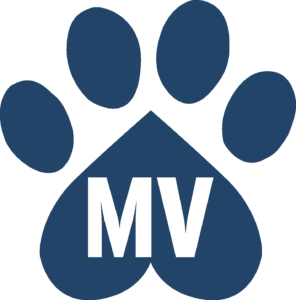 What are the biggest training issues you see every day? Jump on the Learn2GroomDogs.com Facebook page and tell us about it.
What are the biggest training issues you see every day? Jump on the Learn2GroomDogs.com Facebook page and tell us about it.

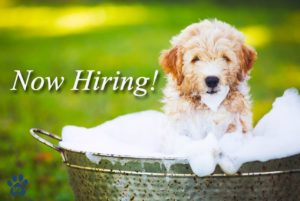

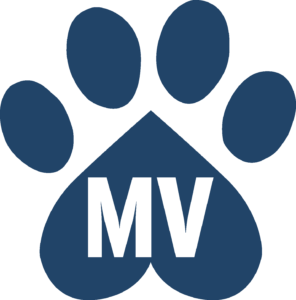







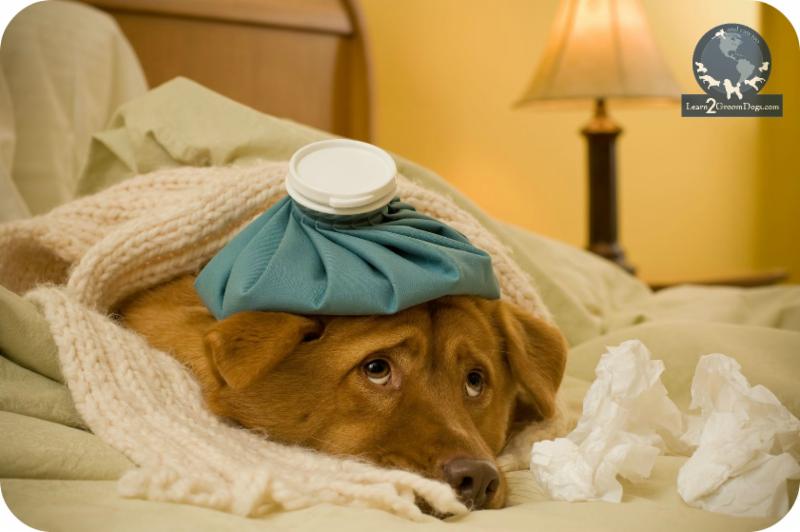 If you’ve been watching the news lately, you have probably heard about the newest illness threatening our pets. Canine influenza (CI), or dog flu, is a highly contagious infection that can have serious implications not only for our pets, but for your business and our industry.
If you’ve been watching the news lately, you have probably heard about the newest illness threatening our pets. Canine influenza (CI), or dog flu, is a highly contagious infection that can have serious implications not only for our pets, but for your business and our industry.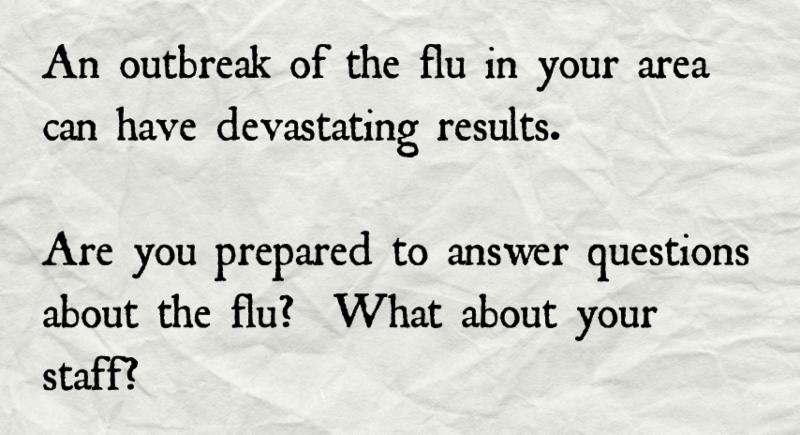 Preventing the Flu: Step One
Preventing the Flu: Step One